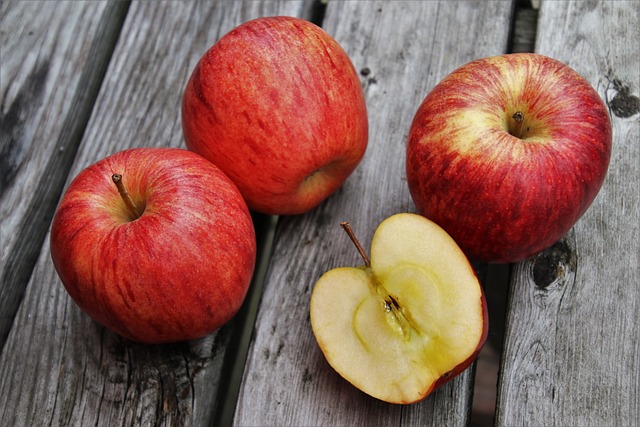We are happy to help you with any questions you may have about our products and services.
Canada has a long and proud history of growing apples. First brought over by European settlers in the 17th century, apples were a pillar of the developing national economy and can be credited with sparking early investment in the young nation. In 2010, the farm gate value of the Canadian apple crop was estimated at $148.5 million, while total acreage used for apple production represented about 16% of all acreage planted with fruits in Canada. Canadian apple production has been decreasing since 1999. This brochure will highlight the current state of the apple industry in Canada.
New Brunswick, as one of the first settled regions in Canada, has a rich history of growing apples. The varieties grown include the iconic Canadian McIntosh, which the Apple Growers of New Brunswick (Producteurs de pommes du Nouveau-Brunswick) record as being grown there since the 1930s. The popular Honeycrisp apple is a relatively new variety for the province.
Nova Scotia shares a common history of production with its neighbor New Brunswick, and the organization Nova Scotia Apples, a division within the Nova Scotia Fruit Growers Association, claims over 40 ;varieties of apples are grown in the province. The main varieties are the common McIntosh, Red Delicious, Idared, Spartan and Cortland. Nova Scotia now also grows Gala, Jonagold and Honeycrisp, relatively new varieties for the region.
Quebec also has a long history of growing apples which can be traced back to the colonization period. Its producers’ association, the Fédération des producteurs de pommes du Québec, names the McIntosh, first grown in the province in 1836, its most popular variety. The other major varieties grown in Quebec are Cortland, Spartan and Empire.
The Ontario Apple Growers lists 16 varieties grown on a commercial scale in the province, including McIntosh, Empire, Spy, Red Delicious, Idared and Spartan. It also grows the relatively new Fuji, Honeycrisp and Ambrosia varieties.
British Columbia, with its warmer winters and moderate summers, is an ideal province for growing apples. The province dedicates about 61% of its orchard land to apples. Newer varieties like Fuji, Ambrosia and Gala are increasingly popular, grown alongside traditional varieties like Red Delicious, Spartan, McIntosh and Golden Delicious. British Columbia is home to 43% of all farms growing apples in Canada, as shown in Figure 2.
Production
Ontario is the largest apple producing province in the country, with a total marketed production of 126,623 mt of apples in 2010, followed by Quebec and British Columbia in order of importance. Ontario has seen its share of the total Canadian marketed production decrease from about 52% in 2001 to 38% in 2010, while Quebec has seen its share jump from 15% to 27% in the same period and British Columbia’s share has remained almost unchanged at 24% of the total marketed production. In the last ten years, marketed production has declined in both Ontario and British Columbia, while it has significantly increased in Quebec, making it the second largest apple producing province behind Ontario. Production in the Maritimes has remained relatively stable.
Figure 3 illustrates the provincial shares of total Canadian marketed production for the five main producing provinces: Ontario (38%), Quebec (27%), British Columbia (24%), Nova Scotia (10%) and New Brunswick (1%).

